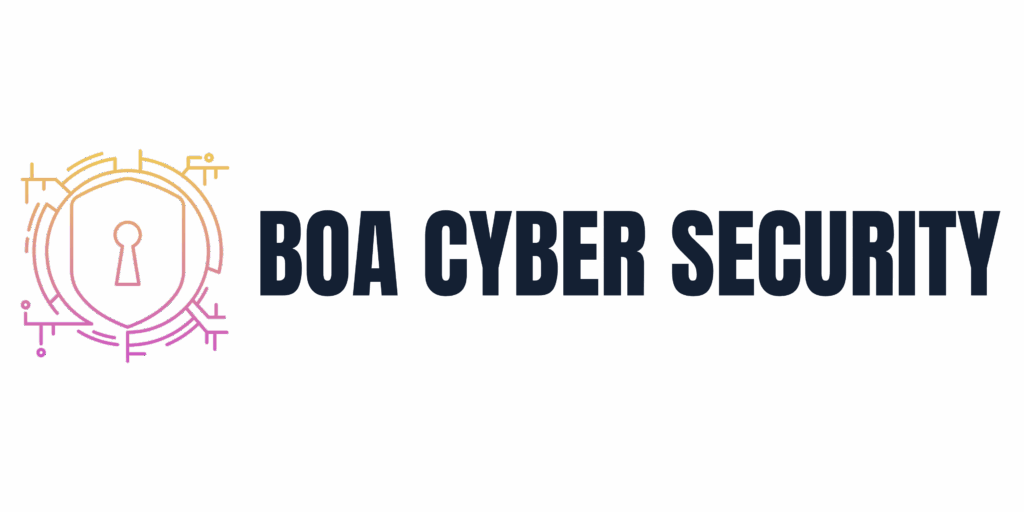Cybersecurity has become one of the top priorities for small businesses in 2025. As more companies move operations to the cloud, adopt remote work solutions, and rely on digital tools for everyday tasks, the threat landscape has dramatically evolved. While major corporations often dominate the news when a breach happens, small and medium-sized businesses (SMBs) are actually more frequent targets. Why? Because they typically lack dedicated IT teams and enterprise-level protections.
In this blog, we’ll walk through five of the most common cyber threats facing small businesses this year and what actions you can take to protect your assets, reputation, and customers.
1. Phishing Attacks
Phishing remains the most common and effective method used by cybercriminals to gain access to sensitive data. These attacks typically involve fraudulent emails or messages that appear legitimate and trick employees into clicking malicious links or giving up login credentials.
Real-world example: A small accounting firm unknowingly exposed client records when an employee clicked a phishing link disguised as a tax form from the IRS. The hacker gained access to email and cloud storage accounts, resulting in a data breach.
What to do: Implement email filtering tools, conduct regular phishing simulations, and train your team to recognize red flags like suspicious links and urgent language.
2. Ransomware
Ransomware is a form of malware that encrypts your business data and demands payment—often in cryptocurrency—for its release. This can grind your operations to a halt.
Trend for 2025: Hackers are now using “double extortion” methods, threatening to leak data publicly even if you pay the ransom.
Prevention tips:
Regularly back up your data to offline or cloud-based systems.
Keep software and systems updated.
Invest in endpoint protection that includes ransomware detection.
3. Insider Threats
Not all threats come from outside your organization. Whether it’s a disgruntled employee, a contractor with too much access, or simple negligence, insider threats are rising.
Case study: A former employee of a healthcare startup retained access to the company’s CRM platform and downloaded patient information after leaving the company.
Solutions:
Implement strict access control policies.
Disable accounts immediately after termination.
Monitor user activity for signs of unusual behavior.
4. Weak Password Practices
Too many businesses still rely on easily guessable or reused passwords across platforms. In 2025, password-cracking tools are faster and more efficient than ever.
Best practices:
Require strong, unique passwords for all accounts.
Use a password manager to generate and store credentials.
Enable two-factor authentication (2FA) wherever possible.
5. Lack of Security Patching
Unpatched software vulnerabilities are a goldmine for hackers. Delays in installing updates can leave your business exposed for weeks—or even months.
Tip: Set up automated updates and perform monthly vulnerability scans.
Conclusion
Cybersecurity threats are not just an enterprise issue—they’re a business survival issue. By understanding these five threats and implementing practical defenses, small businesses can dramatically reduce their risk in 2025. BOA Cyber Security offers customizable, affordable solutions tailored to the needs of small and medium-sized enterprises.

